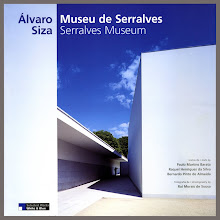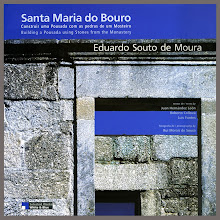Hictiandro and Mário
When I bought the Gandolfi Precision, back in 1996, I was anxious to try it under the control of studio lighting. It was also, in a way, an easy form of getting acquainted with the camera and it's characteristics. Although I had sometimes used a Linhof Technika, I was at the time much more familiar with the monorail design, making most of my work with a Sinar camera. It was also advantageous for me to get used to handle the much bigger film size in the comfort of my darkroom.
So, I just got some T-Max 100 and looked for some "volunteers" at hand: in this specific case, my third son Mário (now 20!) and his friend Hictiandro.
+04_04_1996+003+copy.jpg)
+04_04_1996+004+copy.jpg)
All black and white negatives were developed in Kodak HC-110, dilution B. I should maybe further write, that I never was a great friend of HC - 110... (Mr. Ansel Adams, will you please forgive me?).
To shoot these b&w images, I equiped the Gandolfi with the Rodenstock Apo-Ronar 480mm MC, and the session took place on the 4th of April.
Irina
A short time later, I decided to experiment with some color in 8x10", so I ordered some Fujichrome Velvia 50. As I was looking for some colorful subjects, I thought that it might be interesting to photograph some african girls. The only thing I asked them, was to pose with something dressed that they would think of as typical african (living here for long, or already born in Portugal, I got the feeling that they hardly knew what that could be... Well, they tried...).
I like these photographs, because I think that you can instantly perceive that the girls were amateurs, however they shone and possessed a lot of dignity. I am sure, that they had never posed in front of such paraphernalia, at least in front of such a big camera, but they seemed to have no problems whatsoever about that, they looked joyful and confortable at it.
Lots of natural talent!
I am very thankful for their patience and goodwill. They were very, very kind.
(I have already posted another photograph resulting from these sessions on a former post dedicated to the immigrants. Please be so kind and take a look, if you wish so).
The main light was in all cases provided by a Hensel Autolight.
The transparencies and negatives were scanned with an Epson Perfection 4990.
I can honestly assure you, that looking at a Fujichrome Velvia (with a lupe) in this format is just breathtaking and thrilling!!!
Well, at least for this old school fellow of yours... I hope that you enjoy.
Good night, sleep tight.
..
+04_04_1996+001+copy.jpg)
+Irina+001+copy.jpg)
+005+copy.jpg)
+002+copy.jpg)
+004+copy.jpg)
+003+copy.jpg)



























+copy.jpg)
+copy.jpg)
+copy.jpg)
+copy.jpg)
+copy.jpg)
+copy.jpg)